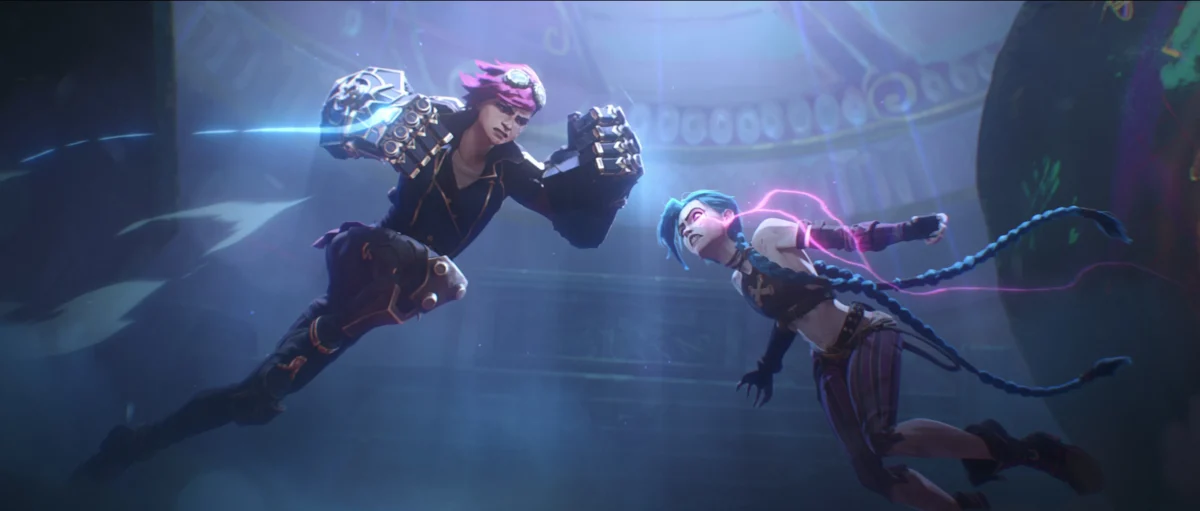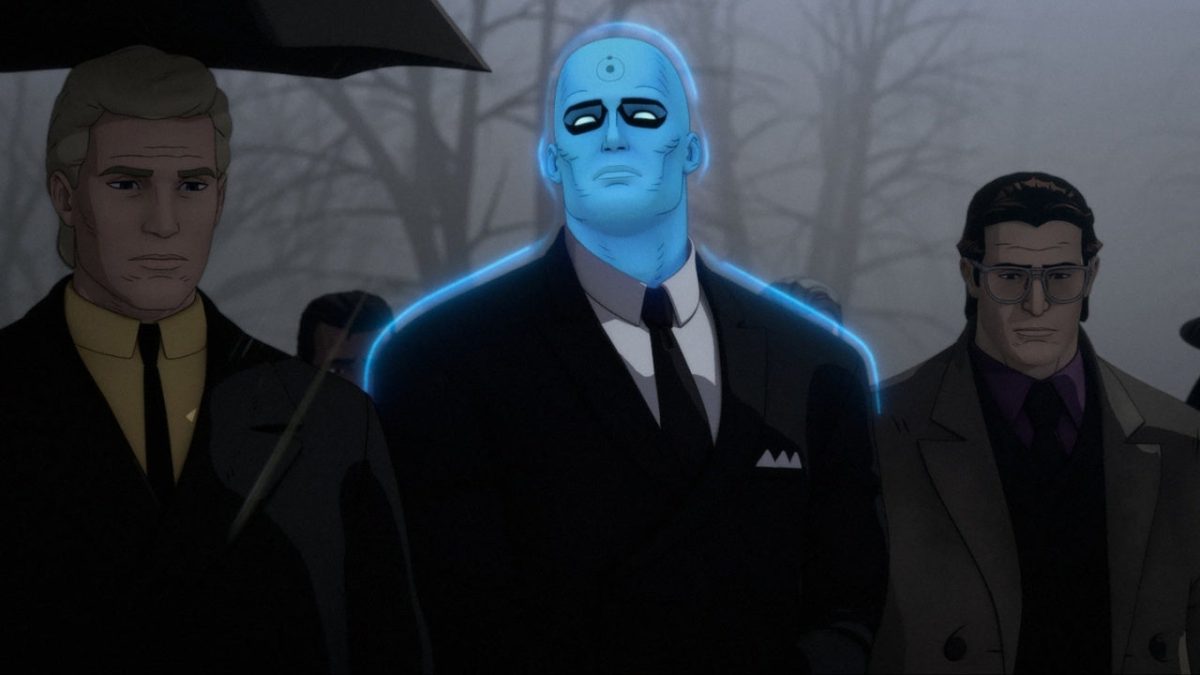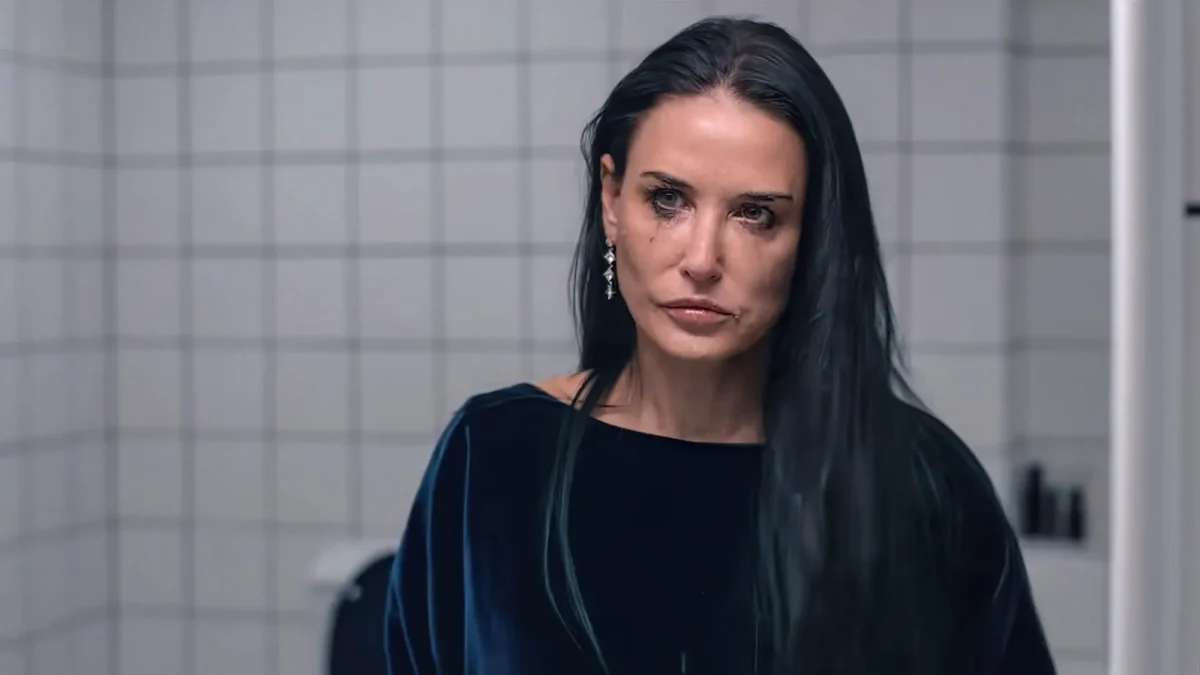When the team at the Saint Louis University Museum of Art began working with painter Max R. Scharf on a new exhibition of his work, they never could have imagined the tragic turn ahead.
“He died of cancer,” Petruta Lipan, director of University Museum and Galleries, said. “As long as I worked with him, I wasn’t even aware . His nephew called me. It was a shock to everyone.”
Though Scharf passed away in July, SLUMA has been moving ahead with its new exhibition, “Radiant Harmonies,”-set to open this weekend to the general public-ever since. That’s exactly what Lipan believes Scharf would want.
“He was very excited about the exhibition,” she said.
Scharf, born in St. Louis in 1933, began drawing in elementary school, continuing on that track until he was drafted into the military in 1953, ending his formal education in art.
“When he came out, he didn’t go back to school,” Lipan said.
Pulling together the pieces that make up “Radiant Harmonies” was no easy feat for Lipan.
“I worked with Max . I said, ‘I need a list of collectors who own your work.’ He came with this book with the names of people who owned them,” she said. “This is how you do an exhibition. You have to know where stuff is.”
This is not out of the ordinary for Lipan who says it can take up to two years to fully pull an exhibition together.
“I’m trying to plan five years ahead, and I’ve only managed one,” she said.
Even still, with only 27 pieces, “Radiant Harmonies is on a smaller scale than other exhibitions previously housed within SLUMA, forcing Lipan to be more precise about the types of art that she was looking for.
“This is an exhibition on a much smaller scale . This is not a retrospective. This is not a big space . You need a bigger place to show the change in style,” she said. “That’s one of the hardest parts of curating an exhibition, deciding what the point of the exhibition is.”
Though it wasn’t easy, she eventually decided on a consistent vision for the exhibition.
“I kind of just chose things that are very closely related, so you can see a consistent style,” she said.
In describing that style, Lipan finds it most important that Scharf was painting for an audience of one.
“He was painting for his own pleasure,” she said. “If people bought it, fine, but the artwork was more for him, to balance his life.”
Though she sees the influence of masterworks in the paintings of Scharf, Lipan says that it is his own voice that shines through.
“It kind of became apparent to me that he was influenced by different artists, but he never adhered to their philosophies . That’s what made him unique,” she said. “Probably the best comparison you can make is Van Gogh in terms of his painting style . But he never painted with oils. He painted with acrylics. It’s close to almost pointillism, but it’s not pointillism.”
Looking at paintings by Scharf, one is immediately impressed by the color palate and the texture of the paintings.
“It’s very textured. The surface is very textured . He just squeezed it on the palate and took a brush and painted it on,” Lipan said.
But if she could boil Scharf down to one word, it would be color.
“It just blows you away how colorful this is,” she said. “I’m joking once in a while and say, ‘It’s kind of like an acid trip.'”
The opening reception for the exhibition will be held on Friday, Sept. 4, from 5 to 8 p.m.
The Saint Louis University Museum of art is located at 3690 W Pine Blvd.
` For more information about the museum, visit www.sluma.slu.edu. Further examples of the work of Max R. Scharf can be found at www.maxrscharf.com.







